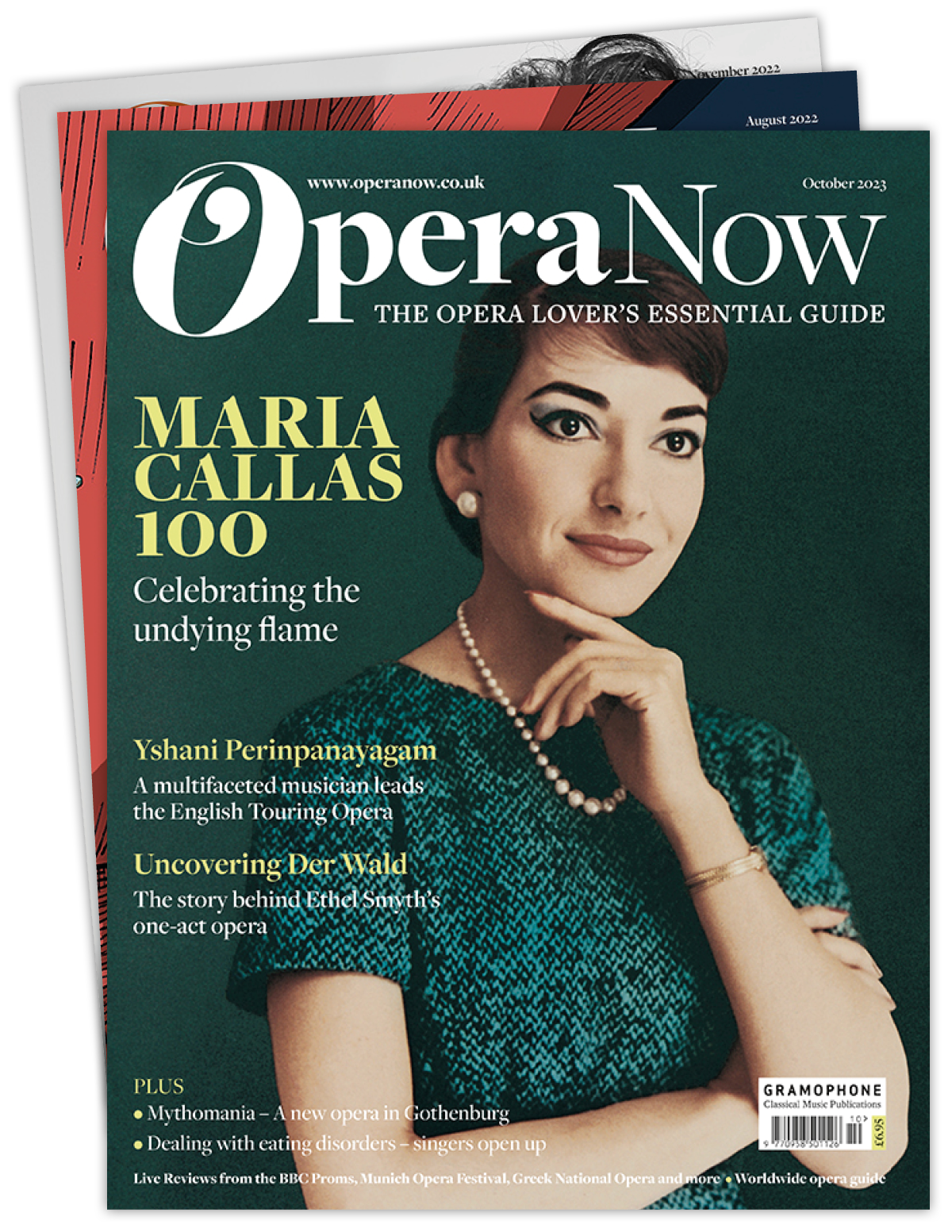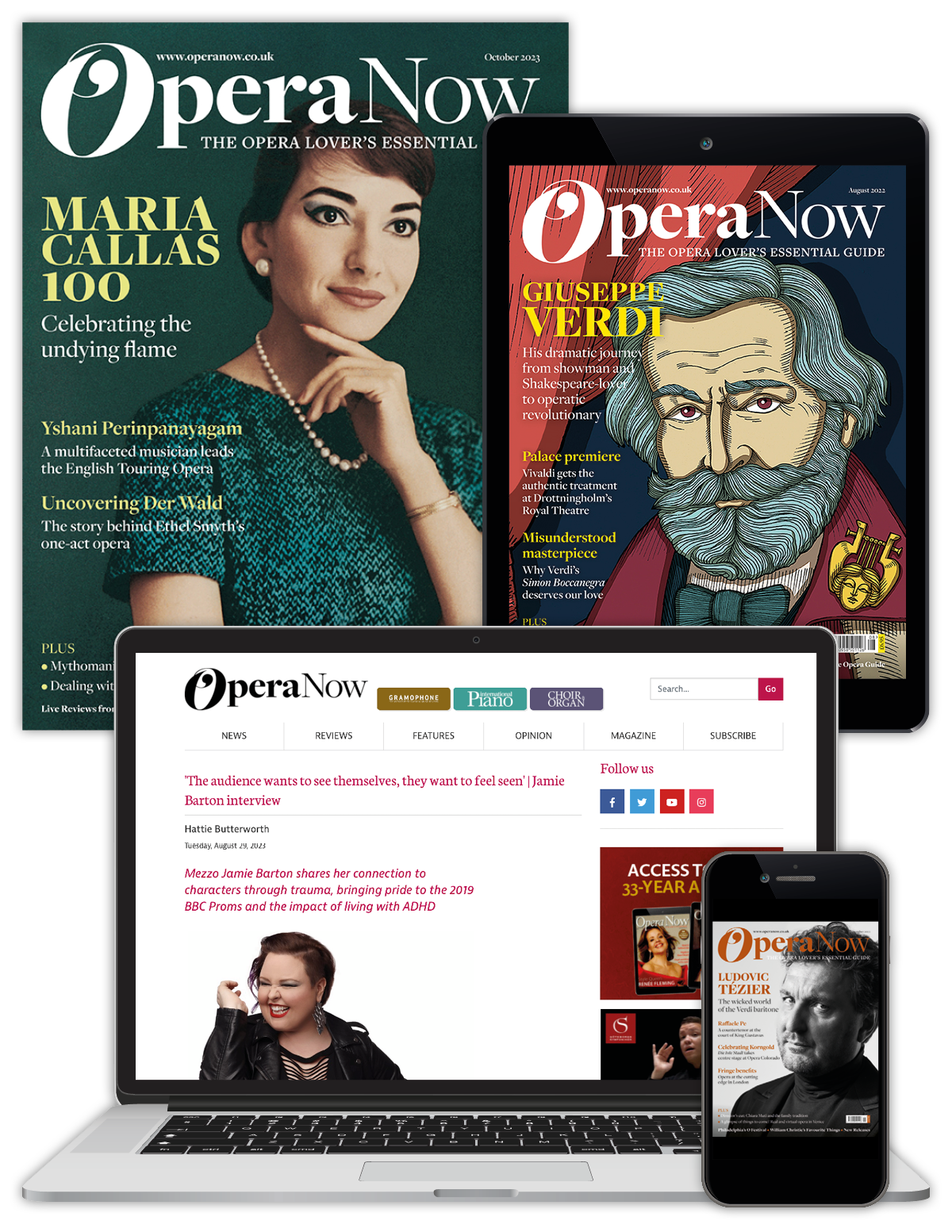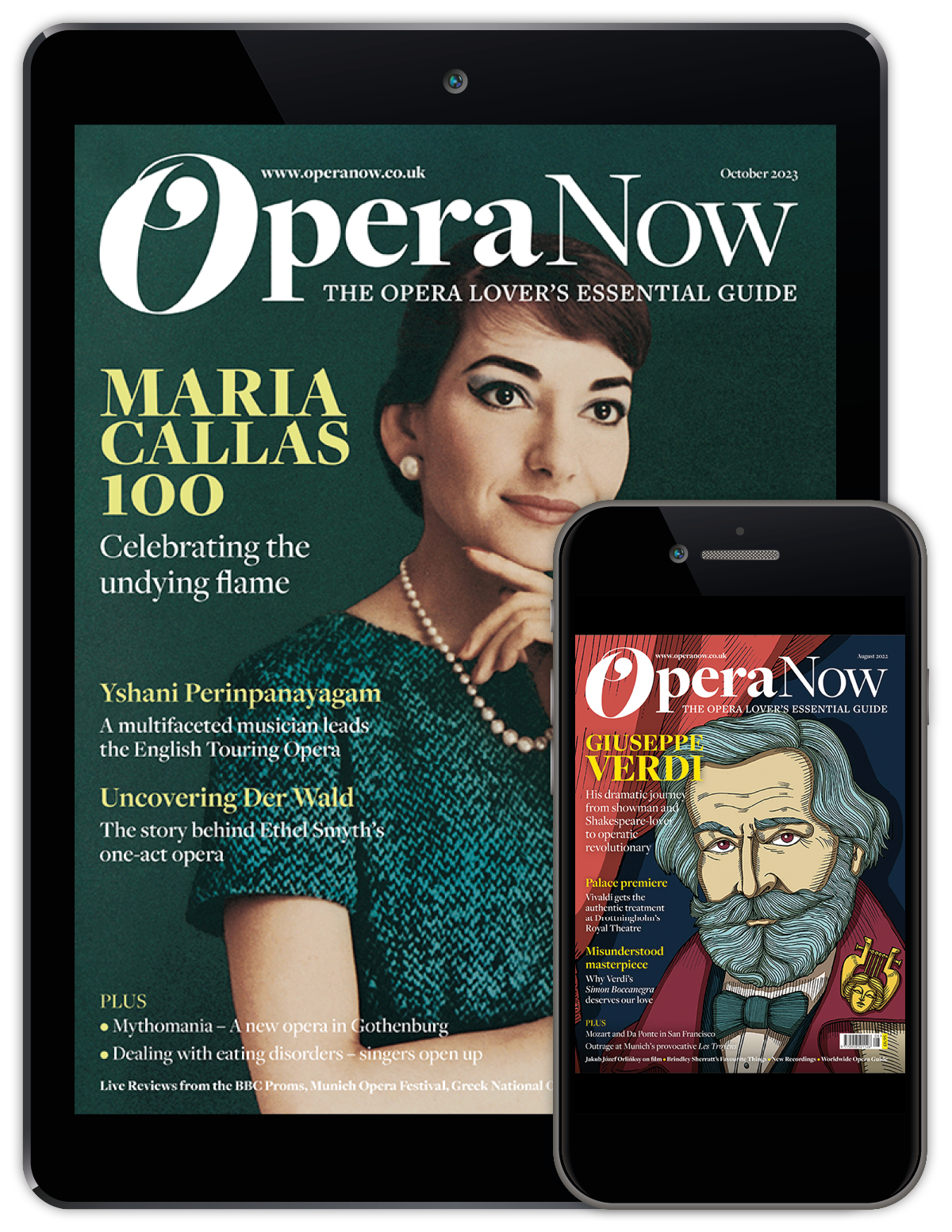History and metaphor: the evolving role of prison in opera
William Gardner
Thursday, August 22, 2024
Composer William Gardner explores the history of prison in opera, introducing his new opera 'The Prison' for the Tête-à-Tête Opera Festival
Prison has long been a powerful setting in opera, providing a dramatic backdrop to explore themes of justice, suffering, and redemption. Over the centuries, the depiction of imprisonment in opera has evolved from idealised portrayals of political resistance to more complex examinations of personal guilt, psychological torment, and the ambiguity of redemption. This transformation reflects deeper societal shifts in how we understand incarceration, justice, and the human condition.
My upcoming one-act opera, The Prisoner, which will be performed at the Tête-à-Tête Opera Festival, continues this tradition by delving into the psychological and moral dimensions of a prisoner on the brink of execution. But it's first essential to trace the history of prison in opera, from Beethoven's Fidelio to Jake Heggie's Dead Man Walking.

The tradition of prison in opera began in earnest with Beethoven's Fidelio, the quintessential liberation opera. In Fidelio, the prison is not just a setting but a battleground for political justice and personal freedom. Leonore, disguised as a male guard named Fidelio, risks everything to rescue her unjustly imprisoned husband, Florestan, from a tyrannical governor. The prison in Fidelio symbolises political oppression, and the narrative hinges on the triumph of love and justice over cruelty and corruption. The eventual liberation of the prisoner represents a return to order and humanity, a victory for both personal and societal morality.
Fidelio epitomises the optimism of the Enlightenment and early Romanticism, where the prison is a place of unjust suffering but also of eventual redemption. It embodies the belief that truth, love, and justice will ultimately prevail, with the hero emerging victorious from the darkness of the dungeon.
As the 19th century progressed, the portrayal of prisons in opera became darker and more complex. Puccini’s Tosca, for example, presents a grim vision of imprisonment. The final act takes place in the Castel Sant’Angelo, where the artist Cavaradossi awaits execution after being tortured by the sinister chief of police, Scarpia. The prison in Tosca is no longer a place of potential heroism, but a stage for brutal political machinations and despair. There is no triumphant rescue here - only tragedy.
This shift from Beethoven’s optimistic vision to Puccini’s grim realism reflects a broader societal disillusionment with authority and the recognition that, sometimes, injustice prevails. The prison in Tosca symbolises the darker realities of power and corruption, where individuals are crushed by the machinery of the state, and no deus ex machina can save them.
'The evolution of prison in opera mirrors broader societal shifts in our understanding of justice and redemption'
Luigi Dallapiccola’s Il Prigioniero pushes this exploration even further into the realm of psychological and existential despair. Set during the Spanish Inquisition, Il Prigioniero tells the story of a man who is given false hope of escape by his jailer, only to discover that his liberation is a cruel illusion. Here, the prison becomes a metaphor for the human condition itself - a place of unrelieved suffering, where hope is the final, most agonising form of torture. It is not just a physical space but a psychological state, where the protagonist’s internal torment mirrors the oppressive forces of the external world.
Dallapiccola’s opera reflects the disillusionment of the mid-20th century, particularly in the wake of World War II and the horrors of fascism. The opera challenges the idea of redemption, suggesting that for some, there is no escape - not even in death.
In more recent decades, operas like Jake Heggie’s Dead Man Walking have continued this exploration of incarceration, but with a new focus on moral complexity and personal responsibility. Unlike the heroes of Fidelio or Tosca, the prisoner in Dead Man Walking is guilty of his crimes. The opera asks difficult questions about justice, punishment, and the possibility of redemption.
In Dead Man Walking, based on the true story of Sister Helen Prejean’s work with death row inmates, the prisoner, Joseph De Rocher, is guilty of murder. Yet the opera invites the audience to grapple with the tension between his guilt and his potential for spiritual redemption. The prison here is both a place of punishment and a space for moral reckoning, where the boundaries between justice and mercy are blurred.
It is within this evolving tradition that my opera, The Prisoner, finds its place. Set in a lightless cell, the opera focuses on a man awaiting execution, watched over by a sinister guard while a lawyer and a priest vie for his soul. Unlike the unjustly imprisoned heroes of Fidelio, my protagonist is guilty of a heinous crime. The question at the heart of The Prisoner is not whether he will be saved, but whether he can find redemption before his execution. While our prisoner even fails to forgive himself, sympathy for his plight seems short in supply. At a time when society’s attitudes to transgression seem as base as the guard, perhaps we too could do with more forgiveness.
 Composer William Gardner
Composer William Gardner
In The Prisoner, the cell is both a literal space of confinement and a metaphor for the internal struggles of guilt, faith, and remorse. The opera explores whether forgiveness and redemption are possible for someone who has committed unforgivable acts, and whether society’s focus on retribution leaves any room for mercy. Drawing on the existentialist themes of Samuel Beckett and Franz Kafka, The Prisoner asks whether belief systems - whether religious, legal, or personal - truly liberate us or merely serve to deepen our imprisonment.
Musically, the opera reflects this tension through contrasting tonalities and motifs, shifting between moments of hope and despair, much like Dallapiccola’s Il Prigioniero. The music serves to heighten the psychological intensity of the drama, as the protagonist grapples with his impending death and the weight of his guilt.
The evolution of prison in opera - from the heroic liberations of Fidelio to the moral ambiguities of Dead Man Walking and The Prisoner - mirrors broader societal shifts in our understanding of justice and redemption. Where earlier operas focused on political resistance and the triumph of good over evil, contemporary works delve into the complexities of guilt, forgiveness, and the human capacity for change.
In today’s world, where debates about the criminal justice system and mass incarceration are more relevant than ever, operas like The Prisoner offer a space to reflect on these issues. They ask us to consider not just what it means to punish, but what it means to forgive, and whether redemption is possible for even the most guilty among us.
The Prisoner by William Gardner is at the Tête-à-Tête Opera Festival on 24 August. tete-a-tete.org.uk






